Italy is a country united by its love of food, but divided deliciously by its culinary diversity. From Alpine cheeses in the north to sun-drenched citrus and seafood in the south, every region has its own identity on the plate. While many travellers know the classic dishes like pizza, pasta and gelato, what they may not realise is just how dramatically Italy’s food changes as you cross from one region to another.
Italian cuisine is deeply local. It is shaped by geography, climate, history, and even dialect. What you eat in Bologna could be unrecognisable in Lecce. This regionalism is not a trend. It is tradition, passed down through generations and proudly preserved. For travellers who love food, exploring Italy region by region is one of the best ways to understand the country and its culture.
Here’s a taste of how regional identity is expressed through food across Italy.
Emilia-Romagna: The Heart of Italy’s Food Valley
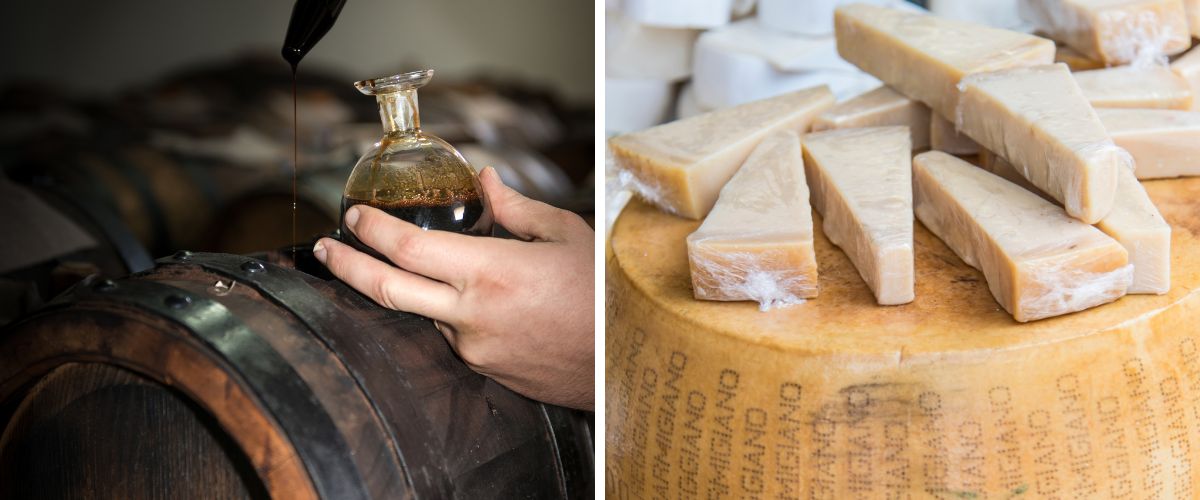
Often called the gastronomic capital of Italy, Emilia-Romagna is the birthplace of many Italian pantry staples. This is the land of Parmigiano Reggiano, traditional balsamic vinegar from Modena, and prosciutto di Parma. Rich egg-based pasta like tagliatelle and tortellini is made fresh each day, often served with a slow-cooked ragù that bears little resemblance to the spaghetti bolognese found outside Italy.
Food in Emilia-Romagna is hearty, indulgent and deeply tied to family traditions. Local pride is strong, and producers take their craft seriously. Visiting this region means visiting farms, markets and trattorias that have been doing things the same way for decades, if not centuries.
Tuscany: Simplicity and Seasonality
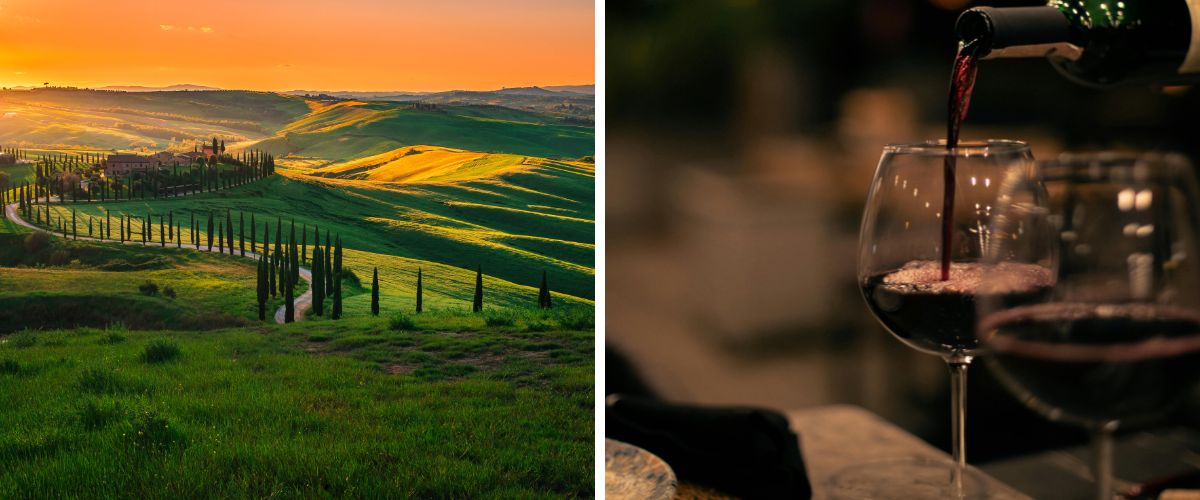
Tuscany’s food philosophy is all about simple ingredients done well. Think grilled meats, hearty soups and rustic bread-based dishes like pappa al pomodoro and ribollita. Olive oil is king here, used generously and with reverence.
Tuscany is also known for its wine culture, with Chianti, Brunello di Montalcino and Vino Nobile di Montepulciano among the most celebrated. Meals here are typically long and leisurely, built around seasonality and local produce.
This is the region to slow down and savour. Expect long lunches at farmhouse tables and wine tastings that turn into full conversations about life, land and family.
Puglia: The Breadbasket of Italy
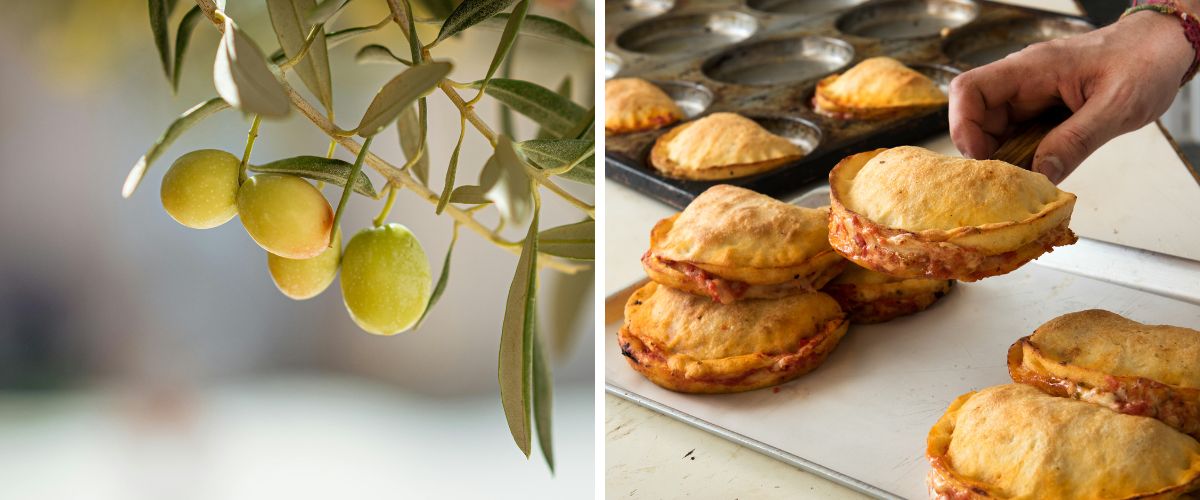
Located in the heel of Italy’s boot, Puglia is defined by its agricultural abundance and coastal influence. It is one of Italy’s top producers of olive oil and durum wheat, and its cuisine reflects this with dishes like orecchiette pasta, often served with broccoli rabe and anchovies.
Puglia’s food is earthy and unpretentious. There is a focus on legumes, vegetables and seafood, with street food staples like panzerotti (fried dough pockets) and focaccia barese making frequent appearances. In many ways, Puglian cuisine reflects the resourcefulness of its people and a long tradition of cucina povera, or “peasant cooking.”
Campania: Tomatoes, Mozzarella and the Spirit of Naples
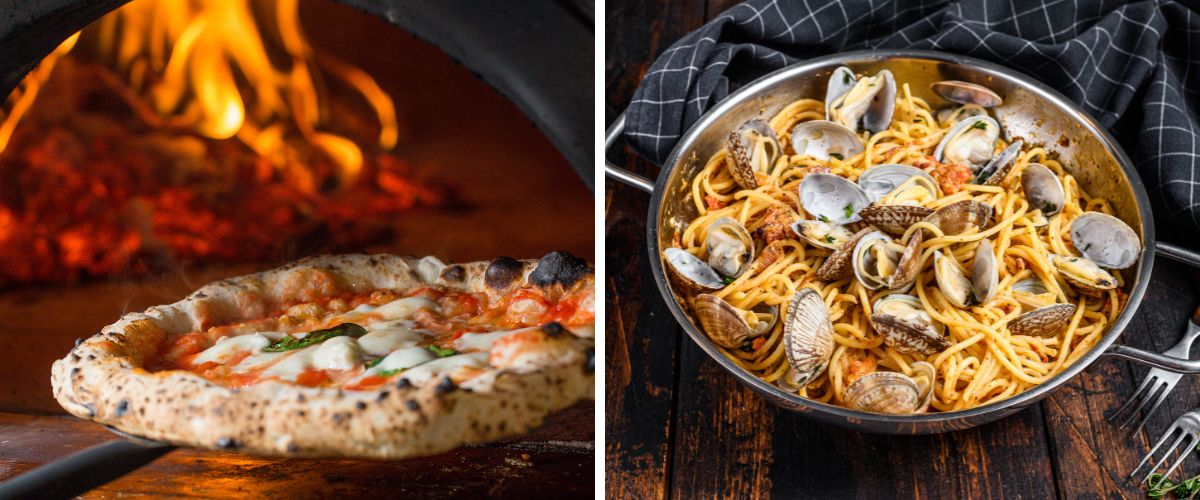
Campania is the birthplace of pizza and home to the prized San Marzano tomato, buffalo mozzarella, and fragrant lemons from the Amalfi Coast. Naples is the centre of the action here, with its chaotic energy matched by bold flavours and deep culinary pride.
Classic dishes include pizza margherita, spaghetti alle vongole (with clams), and parmigiana di melanzane. Street food is a big part of Campania’s identity too, with fried snacks and pastries served from tiny shopfronts on every corner.
Food here is bold, bright and emotional. It is not just nourishment, it is expression.
Sicily: A Culinary Crossroads
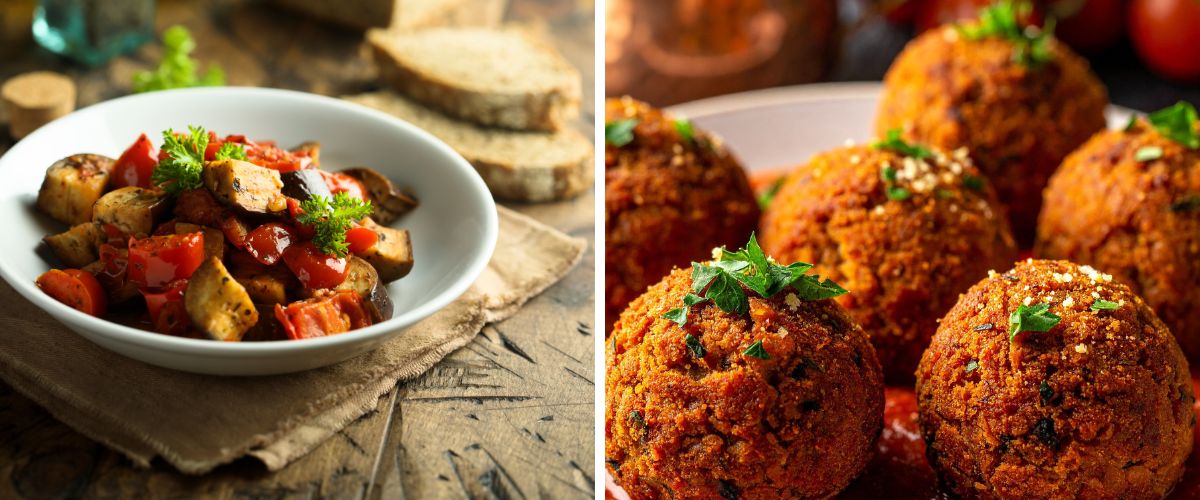
Sicily’s food reflects centuries of cultural influence from Arabs, Normans, Spanish and Greeks. The result is a unique and vibrant cuisine that blends sweet and savoury in fascinating ways.
Signature dishes include caponata (a sweet and sour eggplant dish), arancini (fried rice balls), and pasta alla Norma. Sicilian sweets are also famous, especially cannoli and cassata. Seafood plays a big role too, with swordfish, sardines and octopus regularly appearing on menus.
Markets are a must in Sicily. They are where the soul of the island comes alive through smells, colours and calls from vendors. Eating here feels like participating in something ancient and alive.
Calabria: Spicy, Rustic and Underrated
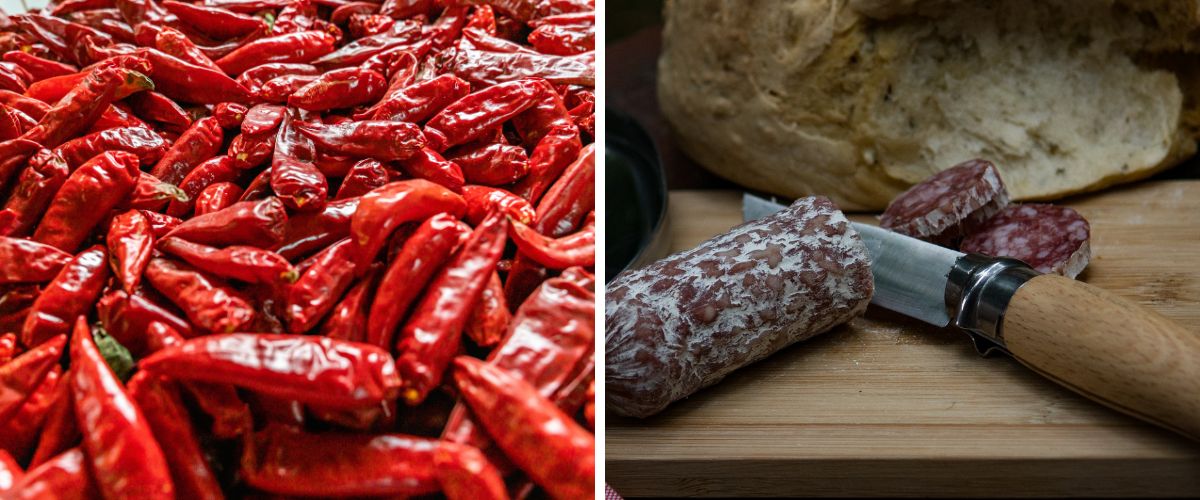
Often overlooked, Calabria offers some of the most distinct and flavourful food in Italy. Known for its use of peperoncino (chilli), cured meats and preserved vegetables, Calabrian cuisine is fiery and full of character.
‘Nduja, a soft and spicy spreadable salami, is one of the region’s most famous exports. Other staples include soppressata, pickled eggplant and homemade pasta such as fileja. Meals are often simple but intense, with bold flavours that reflect both the rugged landscape and the strength of local tradition.
Food here is deeply tied to family and place. It is a region where recipes are proudly passed down and shared only once you have earned the trust of the cook.
Liguria: Herbs, Seafood and the Origins of Pesto
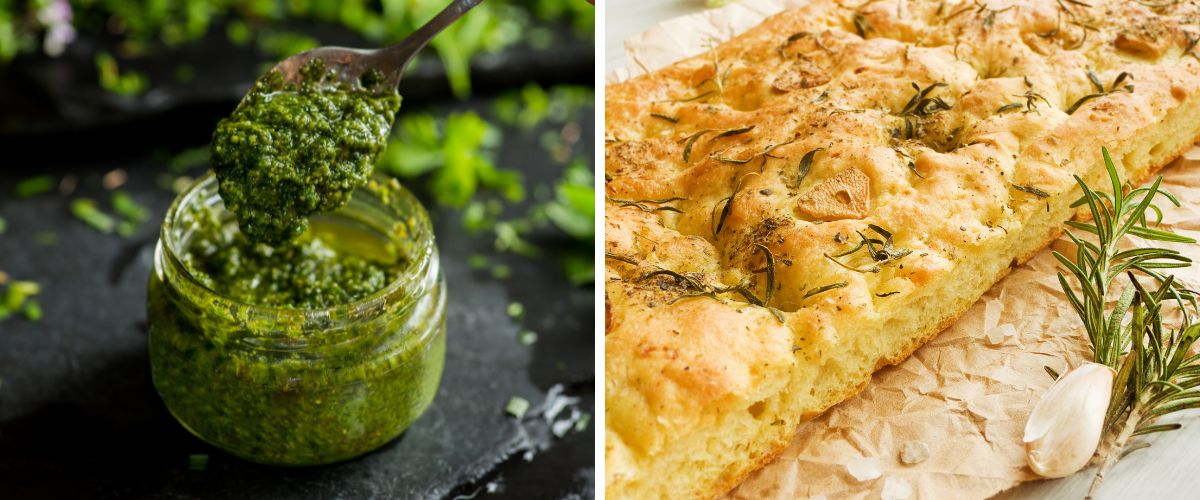
Liguria, on Italy’s northwestern coast, is best known for its green hills, coastal towns and world-famous pesto. The traditional pesto alla genovese is made with basil, pine nuts, garlic, Parmigiano and olive oil, often served with trofie pasta or layered in lasagne.
The region also features a lot of seafood, focaccia and vegetable tarts like torta pasqualina. Its cuisine is shaped by both land and sea, and there’s an emphasis on fresh herbs and olive oil over heavy sauces.
Meals in Liguria are often lighter, full of aromatic flavours, and perfect for long seaside lunches.
A Country of 20 Cuisines
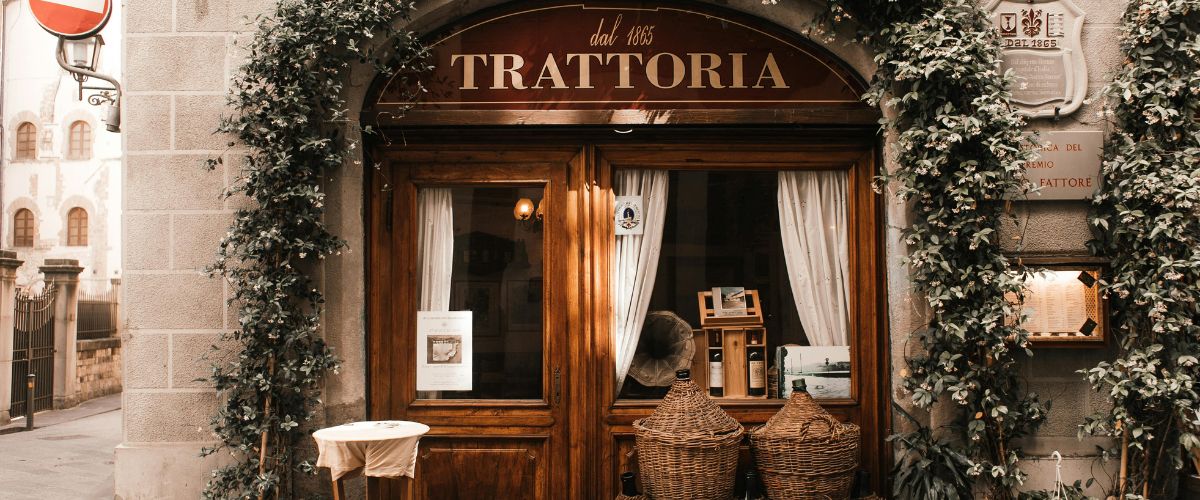
Italy is made up of 20 regions, each with its own food culture, local ingredients, and culinary traditions. While national dishes like pizza and pasta have become global icons, the real magic of Italian food lies in its diversity.
To eat your way through Italy is to understand its geography, history and people. It is a way to connect with locals, discover new places, and gain insight into a culture where food is not just important, but essential.
Whether you’re joining a food tour in Calabria, learning to roll pasta in Emilia-Romagna, or exploring the markets of Palermo, food is your entry point into the Italian way of life. At Back Track Adventures, we help curious travellers connect with real people and real traditions in the kitchens, vineyards and markets that make Italy so unforgettable.
Click here to view our own Back Track food journeys through Italy.




